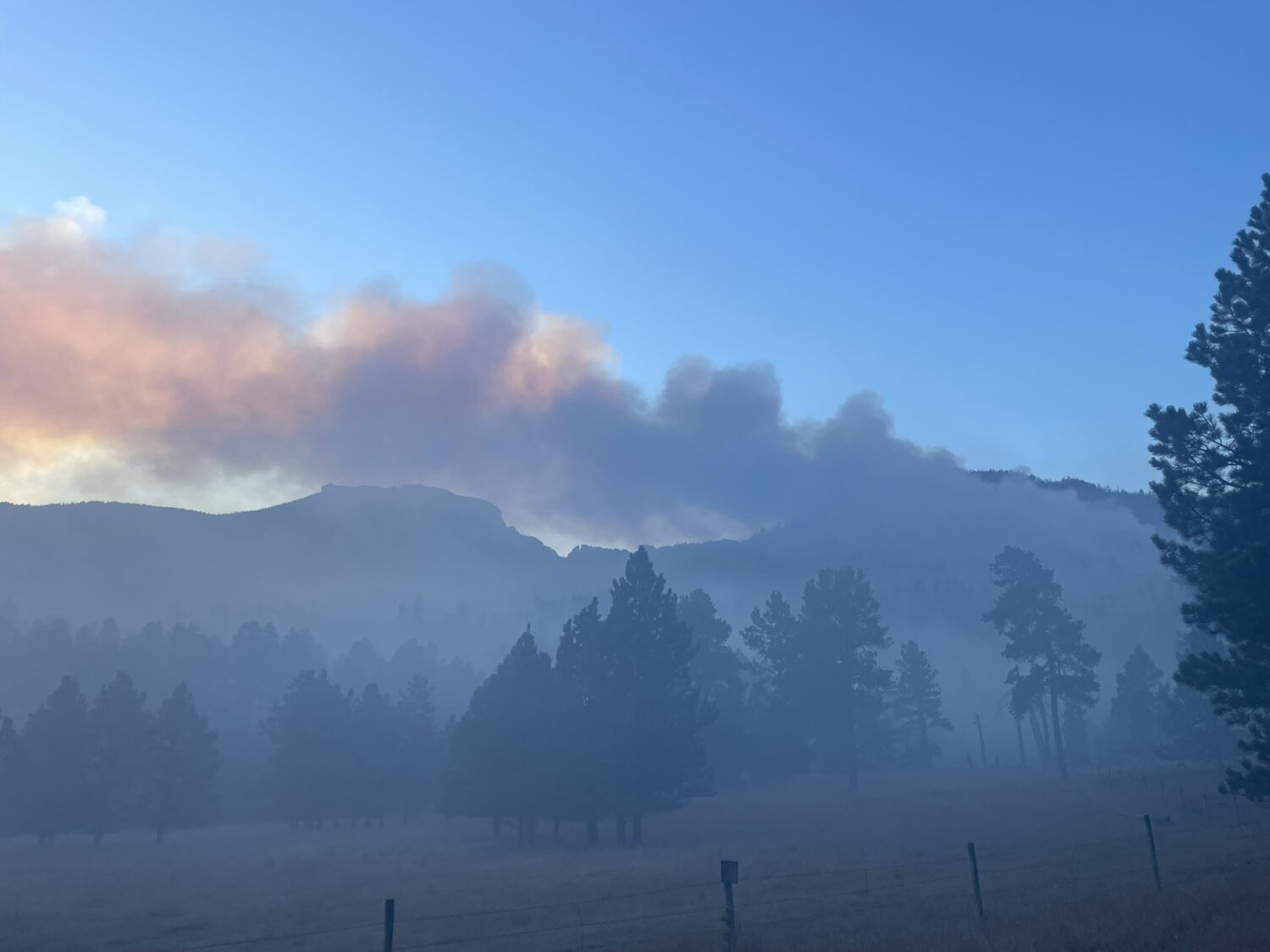
Makenzie Huber/South Dakota Searchlight – South Dakotans have less than two weeks to review and comment on the state’s new 2024 hazard mitigation plan, which is used to navigate and prepare for costly and deadly disasters.
The plan is updated every five years to meet state eligibility requirements for increased mitigation funding from the federal government.
The comment period was originally planned to take place during the month of November, according to the report. After the public comment deadline ends on Dec. 31 the report will be submitted to the Federal Emergency Management Agency (FEMA) for review and approval.
Ninety-one presidential disaster declarations have been made in South Dakota in the last 69 years, with the frequency of disasters increasing in recent decades, the report reads. In 2023, South Dakota had four disaster declarations:
- July flooding that affected 10 counties and one reservation that cost the federal government $1.55 million
- Late February winter storms that affected 17 counties and cost $2.2 million
- February winter storm that affected one reservation and cost $277,569
- February winter storm that affected one reservation and cost $978,173
The state had two disaster declarations in 2022, two in 2021, five in 2020 (all pandemic-related), five in 2019, one in 2018 and two in 2017.
South Dakota has had a state hazard mitigation plan in place since 2005. The 2024 revision includes new information and analyses to update the 2019 plan.
Winter storms, wildfires, drought and flooding (including flash, snowmelt, dam or levee failures) pose the greatest risks to South Dakota’s economy and the health and safety of its residents, according to the plan.
Tornadoes, summer storms, windstorms, hazardous materials, and agricultural pests and disease were also listed as risks, but won’t happen as frequently or cause as much damage.
Fire risk, for example, is expected to increase in South Dakota by 10-30% in the coming years because of increased temperatures, higher likelihood of drought and a greater risk of insect infestations in the Black Hills and West River, according to the report.
The report identifies 63 actions in the 2024 plan to reduce the impact of disasters.
The report includes two new action steps:
- Developing systems and processes to monitor and mitigate heat-related morbidity and mortality. South Dakota heat historically has killed as many people as flooding and severe storms combined, but such health outcomes aren’t monitored.
- Coordinating with public and private dam owners to assess dams with increased development downstream that could change the dam’s hazard potential.
When downstream areas are developed, a dam becomes high hazard rated, according to the report. No studies have evaluated that issue in South Dakota, and no programs exist to review dam hazard classification related to downstream development.
“The stable number of high hazard dams in South Dakota should not be taken as an indication that the consequence of dam failure is also stable,” the report says. “In fact, the official status of dams may provide a false sense of stability in terms of development-driven hazard creep.”
Nine other action items were already included in the 2019 plan but have not started, including:
- Tax credit incentives for efficient water use, which is deemed a high priority. No legislative bills have been discussed
- Developing instream flow protections and securing water rights for fish and wildlife conservation, also deemed a high priority,
- Prepositioning water resources for fire suppression,
- Long-term restoration of grasslands,
- Enhancing wildlife habitat,
- Creating studies on drought frequencies and future changes,
- Promoting the catching of water in cisterns in the southwestern part of the state, and,
- Engaging in outreach for mitigating fire damages in rural areas outside of the Black Hills
The report is set to be adopted by the state in March 2024.
